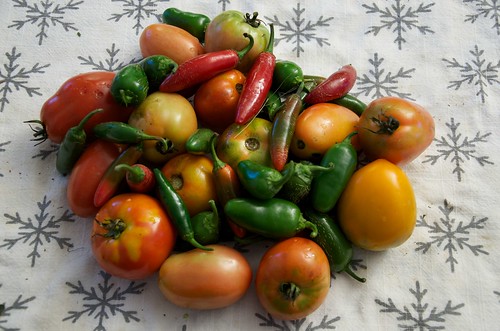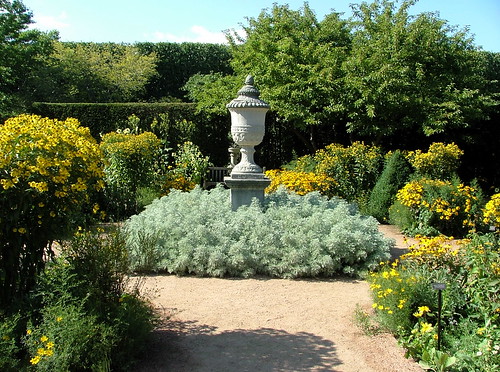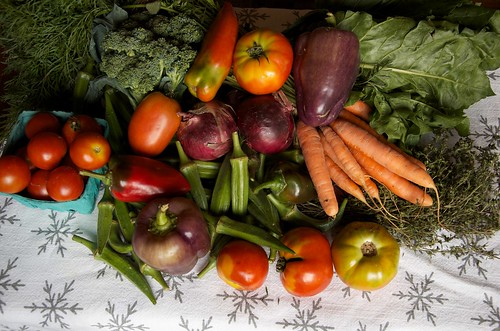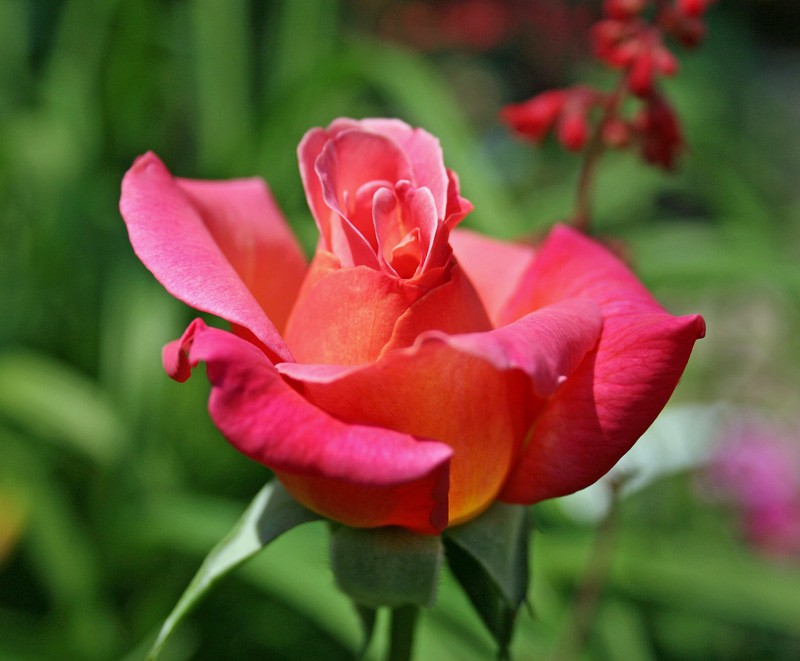Growing great peppers is one of the easiest things you can do in your vegetable garden. There are hundreds of different pepper cultivars so you can select just about exactly what you want it to taste or look like.
The two main choices are whether you want sweet or hot. Then you can select by fruit shape, color, pungency, flavor and how you intend to use them. You can prepare them by drying, grinding, freezing, grinding and pickling as a start.
Depending on how you prepare them, will to a large extent change how they taste. The hottest one you can get is the Habanero and Scotch Bonnet.
How Hot Are They?
 There are seven alkaloids or capsaicinoids that determine how hot a pepper is. William L. Scoville found back in the early 1900’s a test to determine how hot peppers are. The scale we use now is called the Scoville Scale.
There are seven alkaloids or capsaicinoids that determine how hot a pepper is. William L. Scoville found back in the early 1900’s a test to determine how hot peppers are. The scale we use now is called the Scoville Scale.
Since the early 1980’s a different method using liquid chromatography under high pressure was developed. The same name of Scoville Scale is used though the method to test how hot these are has changed.
Planting Peppers
Warm and well-drained soil is best for growing peppers. You’ll want the soil fertility to be moderate. Best soil pH will be around 6.0 to 6.8. But soil pH is not a critical factor. These are a warm season plant so need a long, hot growing season.
Temperature will largely determine how fast they grow and how large and fast their fruits are. A temperature of 65 – 75° F is best. When the temperature gets above this you will notice that the red peppers will have some yellow in them. Below this and you’ll see that the color will develop much more slowly and below 55° F you won’t see any color change.
Start your seeds about 6 to 8 weeks before transplanting. Or buy them from your local garden nursery. Transplant outside after all frost danger is past.
Place a little organic fertilizer in the hole and put about an inch of dirt on top. Once your plant’s roots get growing they’ll have a ready supply of fertilizer to kick start growing. Keep their soil moist but not soaking wet after transplanting.
Space your pepper plants about 18 inches apart. Rows should be about 24 to 30 inches from each other. You’ll want to sue a good organic fertilizer of 5-10-5 when possible for best growing. About 2 to 3 pounds per 100 square feet is fine. Adjust how much depending if you are using containers or other methods.
One way to really grow great peppers is to feed them well using water soluble fertilizer or dissolve about 2 tablespoons of 5-10-5 fertilizer in about one gallon of water. Pour about one cup of this on the soil around each of the plants roots.
Pepper Problems
Blossom End Rot – With this you will notice that you have some areas of the pepper near the blossom end that looks like it is water soaked or rotting. It will turn brown and feel and look like leather. This is usually caused by a lack of calcium. A soil test will confirm this.
The other cause of this is inconsistent watering. You can over water them or during a drought have this condition. When watering ensure that you water at least one inch per week as a minimum. You don’t want to soak them in water constantly as they will drown. Using a soak-er hose and water time works wonderfully and is what I use myself. Too much nitrogen in the soil will cause this condition also.
If you find that you have this problem a lot, invest in a cheap soil tester and see if you can improve your crops. The very best method for soil testing is to get with your local university agriculture center and follow their guidelines to conducting a soil test. Pruning a peppers roots when transplanting but especially while weeding is another cause of this.
Use mulch to help keep weeds out. A Hula Hoe is a great way to weed and not disturb the roots also. I love my Hula Hoe and it is the first tool I grab when heading out to my vegetable garden.
Poor Crop – When the temperature drops below about 60° F the blossoms may well fall off. They may fall off when it is over 85° F also. As I said earlier, peppers are sensitive to temperature. Sweet peppers love it when about 60 – 70° F.
Hot peppers like it a little warmer. Mulching will help prevent weeds and also assist in keeping the ground around the roots moist. Don’t let their roots dry out, keep the soil moist, especially when it get scorching hot.
Sun-scald – The sun may cause this on the sides that get the most sun. You may see a soft and light colored place on the fruits side that is facing the sun. Any leaf related diseases will cause this to become worse as the leaves help shade the fruit.
Moving your plants under an awning if you are growing in containers helps a lot. Also if you see this then maybe get some of the shade cloth and cover your pepper plants.
Harvesting Peppers
You can harvest all peppers when green or wait until fully ripe. A lot of bell peppers are harvested when green and allowed to mature then used. There is nothing wrong with allowing them to mature on the vine as long as they are growing well.
When you wait for bell peppers to mature, they will be a little more sweet and have more vitamins. When storing fresh peppers, keep them in a cool, moist place with about 90 humidity and temperature of around 45 to 50° F.
They will stay fresh for about 3 weeks this way. I like to put them in a plastic storage bag with a moistened paper towel in the ice box. The paper towel helps keep the humidity high.
When harvesting and preparing hot peppers you may want to wear gloves. The oil from them can cause burns or irritation if you are sensitive to them. Don’t forget to prepare them in a well ventilated room. Wash your hands and everything you use to prepare them thoroughly with soap and water to remove all traces of their oils.
Conclusion – Peppers for the most part are easy to grow. These are fairly tolerant regarding soil conditions. The largest challenge facing you will be temperature. Using your imagination to keep them at the right temperature will really help when growing peppers. Keeping their soil a little moist all the time will help keep them growing strong and producing fruit.
About the author – John Collins has been growing vegetables for over 40 years and loves gardening. You can find more information on growing peppers at his website here.
About the author – John Collins has been growing vegetables for over 40 years and loves gardening. You can find more information on growing peppers at his website here.





